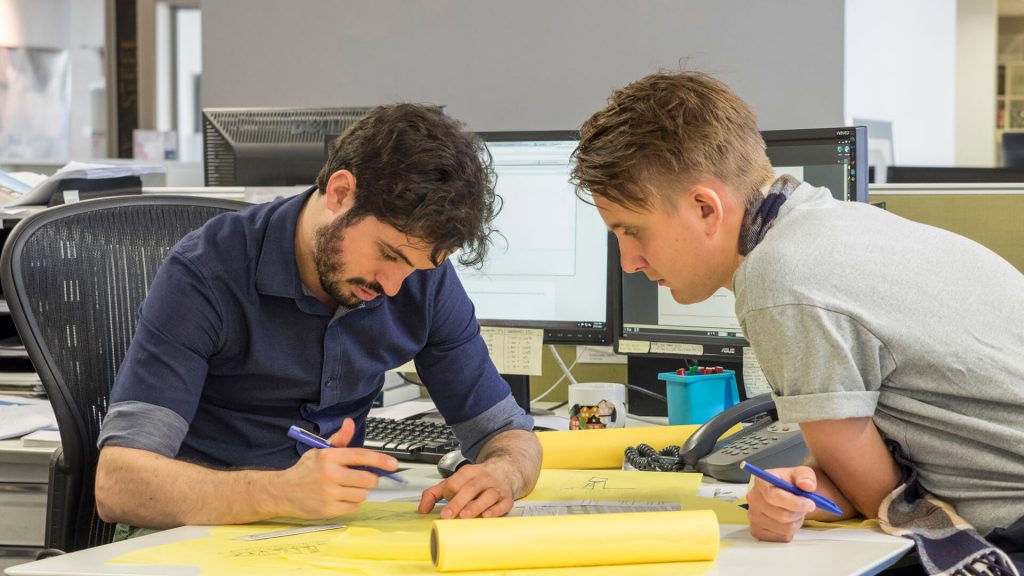
The One Success Strategy That Tops All The Rest
Written by Charles Nelson - December 11, 2019
The more I work with our many and varied clients across Australia and New Zealand, and the more I read about success strategies from scores of authorities, the more convinced I become that the “keystone” strategy – the one you’d need if you could only have one – is simply this:
Spend more time listening to your clients.
It’s a lot more difficult than it looks to really implement that approach. We think: “We’ve seen their problems before, and we’ve got the right solutions. So let’s get going on the solutions!” From this comes our entire marketing approach – and when it doesn’t work, we’re confused.
If your marketing approach is really all about your clients, and not about you, your firm, and what you can do for them, you really are in the minority. And if it is all about your firm and your solutions, there is no way that you’ll stand out from the competition – that’s “industry standard”.
Practice what you preach!
There’s a backstory here, which prompted me to write this post. Some years ago, we rebuilt our PSMJ Australasia website. I thought we should showcase what we were about, and as a result, the home page was a “slider” of images of me facilitating training sessions. Yes, you got it: All about us; what we know, what we do, and why our clients need that.
The “client images” in those photos were mainly the backs of their heads.
As time has marched along, I’ve come to be more and more embarrassed by those self-important images. So, we have just completed a ground-up rebuild of our website.
We’re trying to turn that idea around, so the view we have of our clients is “front-of-head”, not back-of-head.
Changing that focus turns out to be hard work, but I think and hope we’re getting there. Here are some of the changes we have made:
1. Focusing on the questions we hear our clients asking, and trying to provide good answers to them. Some of these aren’t very easy to answer. For example: “How do we get the education facilities to teach relevant CAD skills?” Or: “How do we deal with ‘part-time’ clients, who are often not available when we need answers?” But we’re trying to respond usefully.
2. Showcasing our clients’ businesses. We’ve selected 30 of the firms that have brought us in for in-house training over the years, and devoted a page to their brands, with hotlinks to those firms’ websites.
3. Including images of real practices – not using stock photos – and crediting those firms accordingly.
4. Using the words of our program participants to talk about their experience. We’ve received many excellent and fantastic testimonials. In fact, those two words are the most-used expressions we hear back. Of course, that’s great for us, and very rewarding – but it’s also a constant reminder that we have to continually keep doing better, that we have to keep the presentation bar as high as possible.
I’m sure our new website is much better than the old one. I’m also sure it could be even be better. Real quality means continual improvement; it never ends. It’s not easy to try to see your business from your clients’ perspectives.
We hope you’ll give us constructive advice on how to keep making our website better, and we hope you’ll keep asking questions that are hard to answer.
Charles Nelson AIA, LFRAIA, AECPM
Sep 12, 2018

